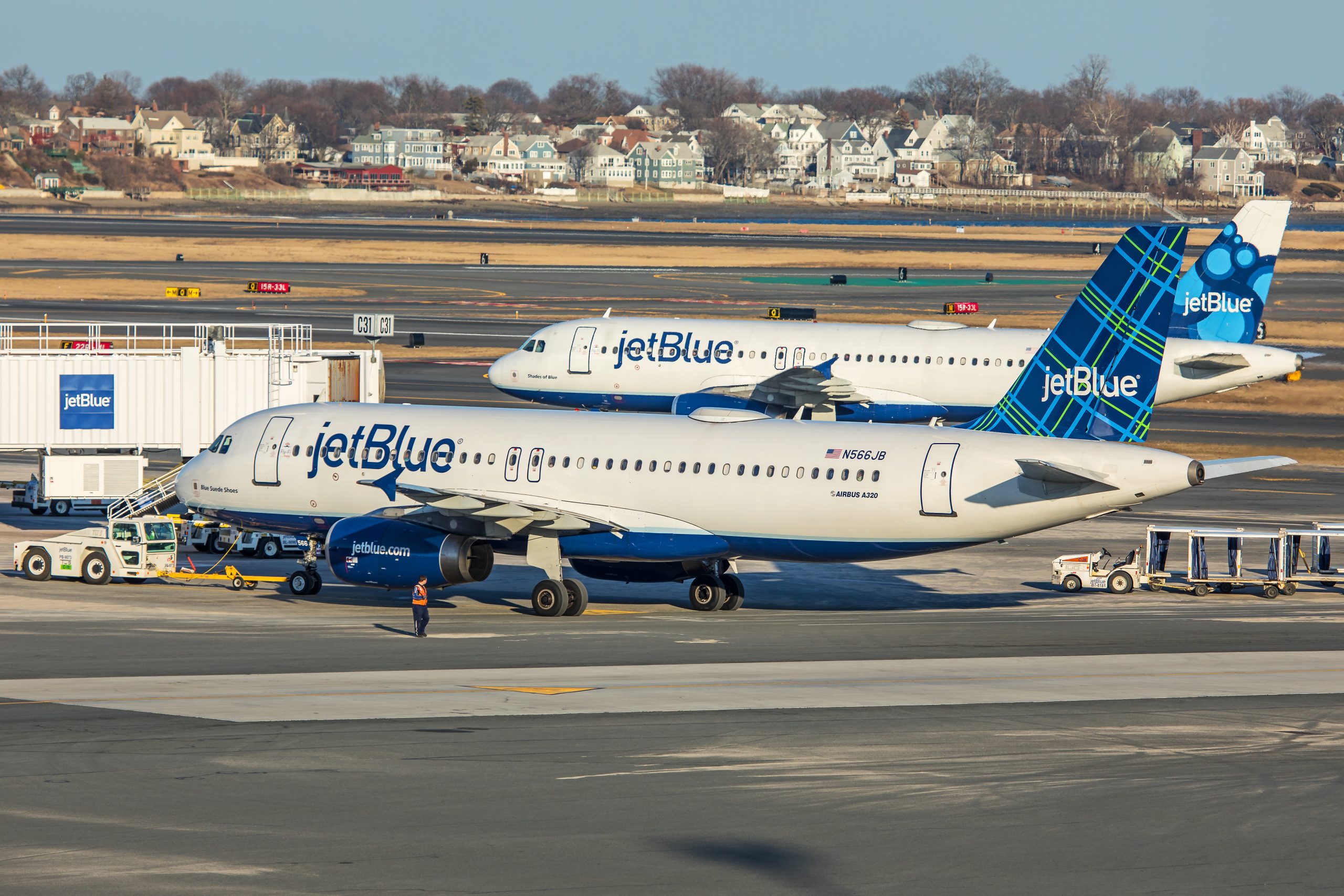
Hawaiian Slated to Return Grounded A321neos to Service
Hawaiian Airlines says it expects to return all 18 of its Airbus A321neo aircraft to revenue service in the coming…

The A330neo takes flight for the first time in Toulouse (Photo: AirlineGeeks | Fabian Behr)
Airbus presented its aircraft demand forecast for the next 20 years and changed the segmentation methodology, dividing segments into categories ranging from ‘Small’ to ‘Extra Large’ and blurring the traditional boundaries between aircraft types.
The European consortium increased its forecast for the next 20 years by more than seven percent to 37,400 aircraft, with a value of $5.8 trillion, considering list prices.
A year ago Airbus predicted 34,900 aircraft with a value of $5.3 trillion, but clearly, the forecast takes into account the year-on-year growth, which was close to 4.5 percent.
As the spearhead of this forecast, the “small” aircraft market of up to 230 seats stands out, where Airbus expanded the portfolio by purchasing Bombardier’s 110-130 seat C Series jets. These will represent 28,550 deliveries for an estimated value of $3.2 trillion, or 76 percent of all units delivered in the next 20 years. This number alone is a clear indication of the importance of the C Series acquisition made by the European consortium.
Adjusting to the sign of the times, the company redefined the traditional distinction between single-aisle or narrowbody jets and double-aisle or widebody jets, and between the various types of long-haul aircraft. This change poses a challenge for analysts to compare the partial segment forecasts released in previous years.
The changes are more evident in larger aircraft. Instead of segmenting aircraft with 450 or more seats, which in practice means creating a specific category for the 747 and the A380, Airbus now places all aircraft with 350 or more seats in a category called ‘Extra Large.’
The company estimates that 1,590 of these will be delivered in the next two decades. Other categories are “Medium” between 230 and 300 seats and “Large” between 300 and 350 seats.
The change in methodology has history behind it: Airbus has been waging a statistical battle for years with Boeing over the actual demand for aircraft such as the 747 and the A380. Airbus argues that the demand for these aircraft will grow in the future due to the problems of airport congestion.
Boeing thinks that large twin engines like the 777X will absorb most of this demand and that the four-engine jets are seeing their last years. Today, Boeing’s vision seems more realistic, but congestion at some point will force decisions.
Airbus’ new statistical framework does not take into account the number of engines and focuses on the segments by the number of seats, reflecting the opinion that long-term forecasts do not have to coincide with current product lines.
The change in methodology is based on the way in which airlines use their airplanes instead of the type of model, stimulated in some cases by the change of business models. Airbus confirmed that it maintains the key assumptions of the conjuncture without changes, with an average global GDP growth set at 2.8 percent, surpassed by the average annual growth of air traffic of 4.4 percent.
Boeing, which is to update its 20-year forecast for this month, predicted last year a demand of 41,030 jets worth $6.1 trillion. Both companies affirm that most of the new deliveries are oriented not only to the replacement of material but to contribute actively in fleet growth.
Since a little kid, Pablo set his passions in order: aviation, soccer, and everything else. He has traveled to various destinations throughout South America, Asia, and Europe. Technology and systems expert, occasional spotter, not-so-dynamic midfielder, blogger, husband, father of three cats; he believes that Latin America's aviation industry past, present, and future offer a lot of stories to be told.
Receive a daily dose of the airline industry's top stories along with market insights right in your inbox.

Hawaiian Airlines says it expects to return all 18 of its Airbus A321neo aircraft to revenue service in the coming…

On Tuesday, JetBlue announced that it has adjusted its annual revenue forecast. The carrier announced that its revenue will be…

Royal Air Maroc and Safran have deepened their collaboration in aircraft engine maintenance. In celebration of its 25th anniversary, Safran…



